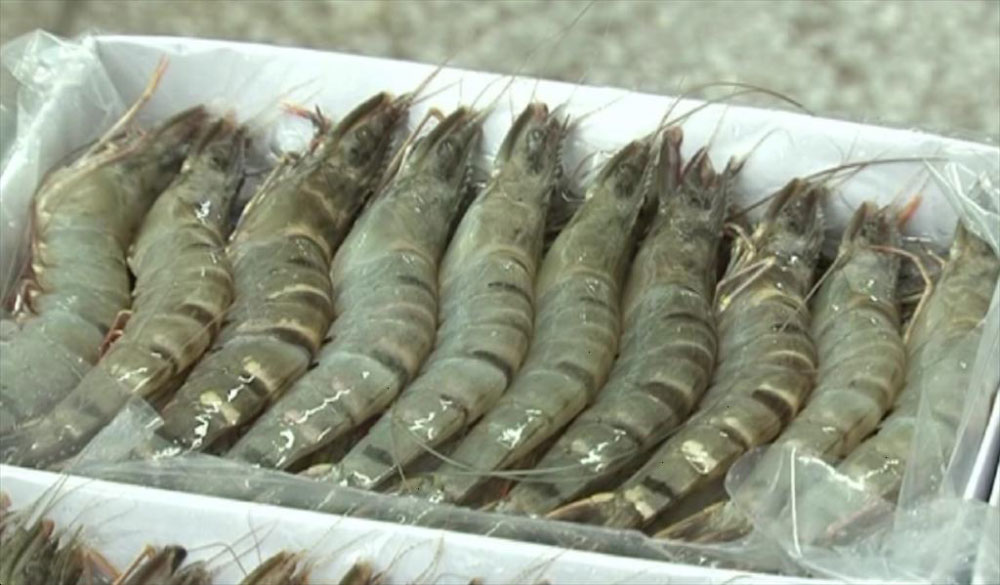Vietnam Seafood
July 2024: Shrimp exports value reached its peak since the beginning of the year
In July this year, shrimp exports recorded growth in most major consuming markets such as the US, China, and the EU. In July, markets like Japan and South Korea, which had seen declines or only slight increases in the previous months, recorded double-digit growth rates.
Reduced inventory and increased demand for imports to serve the year-end holidays caused these markets to increase their imports. In addition, the price of raw shrimp from producing countries around the world and Vietnam is also trending upwards, which positively impacts the export shrimp prices.
For the US market, Vietnam’s shrimp exports to the US increased by 16% to $89 million in July. Cumulatively in the first 7 months, shrimp exports to this market reached $391 million, up 4% compared to the same period last year.
Inventory levels in the US have decreased, and retailers need to replenish their stocks before the year-end holiday season. Positive news about the US economy, such as a slight increase in retail sales in July compared to the same period last year, as well as growth in consumer spending, business investment and exports, wage increases, and low unemployment rate, indicate that inflation in the US is showing signs of cooling down. Frozen shrimp remains the leading product among the best-selling retail items in the US.

US shrimp import demand is expected to continue growing in the third quarter, and prices are expected to increase slightly from July onwards.
According to data from the National Oceanic and Atmospheric Administration (NOAA) of the US, in the first 6 months of the year, the US imported 351,025 tons of shrimp, valued at $2.7 billion, down 3% in volume and 6% in value compared to the same period in 2023.
For the China & Hong Kong market, Vietnam’s shrimp exports to this market have shown a recovery trend in July with double-digit growth compared to the same period last year. Cumulatively in the first 7 months, shrimp exports to this market reached $399 million, up 18% compared to the same period last year.
Vietnam’s shrimp exports to China have resumed growth thanks to increased import demand from this market. In addition, Ecuador (Vietnam’s main competitor in the Chinese market) has faced strict inspections from China, and some of its shipments were rejected in June due to residues of sodium metabisulfite. This has affected Ecuador’s shrimp exports to China.
Export enterprises continue to face challenges such as rising sea freight costs and global conflict risks. Shrimp farming activities in August and September will also be affected by heavy rains, which may lead to a lower supply of commercial shrimp from now until the end of the year. However, enterprises have also developed their own strategies, such as securing contracts for the whole year and increasing raw material inventory. It is expected that in the last months of the year, the global economy and key import markets will show better signals, allowing the shrimp industry to achieve its goals for 2024.
(Source: https://seafood.vasep.com.vn/)



 Tiếng Việt
Tiếng Việt